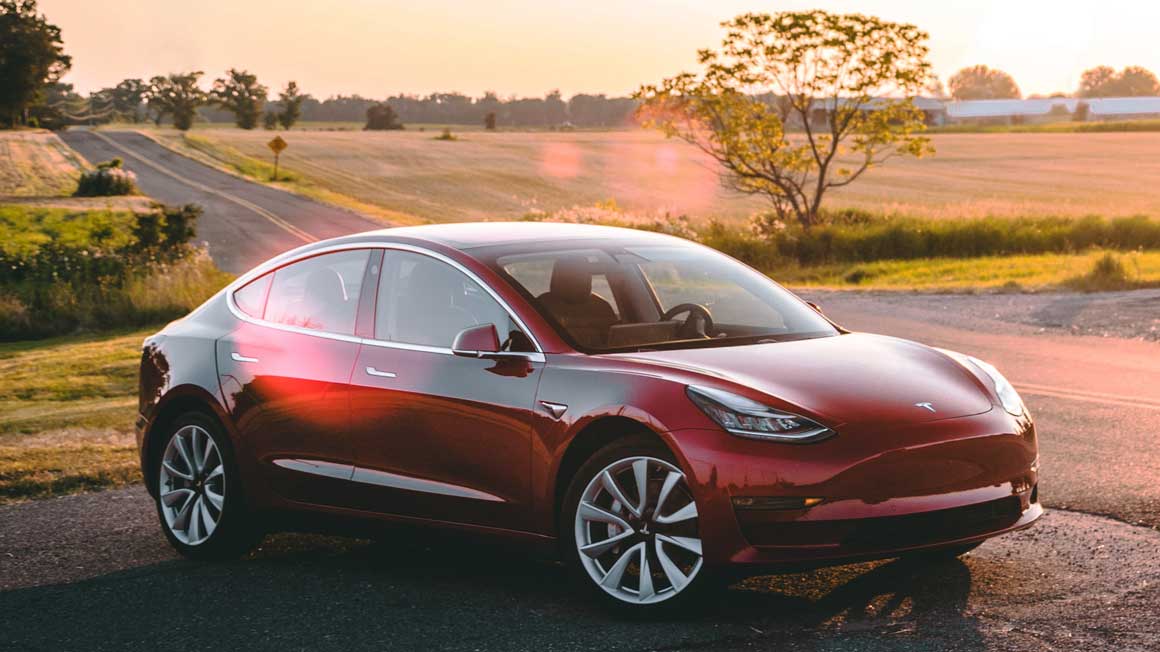Scientists from the University of Newcastle in Australia will be testing printed solar panels on a Tesla Model 3. It is expected to have a grand 9,400-mile journey across Australia this year in September. This project is being done in partnership with the UK company Charging Around Britain.

The initiative aims to demonstrate that printed solar panel technology could be used to generate renewable energy for off-grid electric vehicle charging. For the journey, the Charge Around Australia would be using 18 of the group’s printed plastic solar panels, each 59 feet long. The printed solar panels would be rolled out beside the Tesla Model 3 to soak up the sunlight. This system would enable the all-electric sedan to complete its 9,400-mile journey using only energy that’s gathered from the sun.
Paul Dastoor, the inventor of the printed solar panel technology, noted that the team from the University of Newcastle would not just be testing the endurance of the printed solar panels during the 9,400-mile trip. They would also be looking into the technology’s potential for applications beyond electric vehicle charging. “This is actually an ideal testbed to give us information about how we would go about using and powering technology in other remote locations, for example, in space,” Dastoor said.
Renewable future
Considering that the Tesla Model 3 would be charging from the sun, the vehicle’s journey would belong. The team plans to complete its 9,400-mile journey in 84 days, with the group visiting 70 schools in the process. By doing so, the team from the University of Newcastle hopes that students in Australia could get a taste of what a renewable future potentially holds. The printed solar panels that would be used in Charge Around Australia are quite disruptive on their own. Since the solar panels are printed using conventional printers, they are extremely affordable to make. They are also extremely lightweight and thin, making them very flexible and portable if needed. Dastoor explained the technology’s potential in one of Charge Around Australia’s videos.
“We can look at applications where we can cover them across vast areas, and because they’re printed, at really low cost. So imagine a world where every building, every structure, has a coating on it that generates power. That’s the potential of this technology,” he said. Dastoor said using the panels to power a car would get Australians to think more about electric vehicles and could help ease their “range anxiety”. Further added, “(The) community is seeking these sorts of answers to the problems it’s being presented with, day in, day out, around climate change,” he said. On their 84-day Tesla journey, the team plans to visit about 70 schools to give students a taste of what the future may hold. Asked what Elon Musk, creator of the Tesla car and founder of Tesla Inc, might say about the CAA project, Dastoor said he hoped he would be pleased.
Credits- Teslarati












